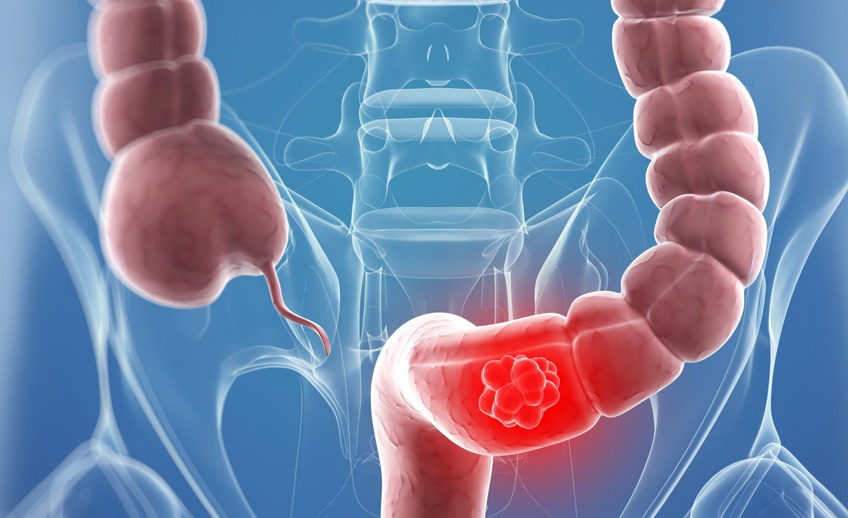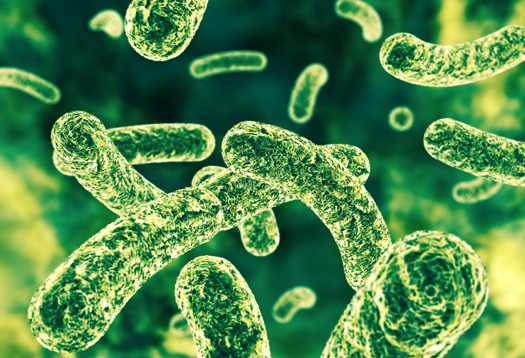Using antidepressants while pregnant can increase the risk of autism in newborns – study
12/03/2019 / By Edsel Cook

Pregnant women can add antidepressants to their laundry list of things to avoid during pregnancy. The results of a recent study revealed that babies exposed to the pharmaceutical drug fluoxetine in the womb could develop autistic-like behavior later on. The study, published in the journal Molecular Brain, also identified a potential therapy for the problem, which they claim could enhance memory and help with interaction.
Conventional medicine usually prescribes antidepressants to patients with major depression and post-traumatic stress disorder. One of the most widely issued pharmaceutical drugs is fluoxetine. Also known by its brand names of Prozac and Sarafem, pregnant women often take the serotonin reuptake inhibitor to relieve symptoms.
In the current study, Duke-NUS Medical School (Duke-NUS) researchers led a collaborative study on the drug’s potential effects on the children of its users.
“Many human association studies have been conducted to investigate connections between antidepressant exposure during pregnancy and children with autism and attention deficit disorder (ADHD),” explained Duke-NUS researcher Hyunsoo Shawn Je. “But they have not been able to pinpoint a causal relationship.” (Related: Breastfeeding can reduce the risk of childhood obesity by as much as 25 percent.)
Pregnant mice exposed to fluoxetine gave birth to autistic offspring
The Duke-NUS study exposed pregnant mice to fluoxetine for 15 days — which corresponds to the second trimester in humans. A control group received saline as a placebo. The offspring of animals from both groups were raised and underwent observation as adults. Researchers took note of the differences in the mice’s behavior in two different experiments.
Sponsored: NEW Biostructured Silver First Aid Gel created by the Health Ranger combines three types of silver (ionic silver, colloidal silver, biostructured silver) with seven potent botanicals (rosemary, oregano, cinnamon and more) to create a breakthrough first aid silver gel. Over 50 ppm silver, verified via ICP-MS lab analysis. Made from 100% Texas rain water and 70% solar power. Zero chemical preservatives, fragrances or emulsifiers. See full details here.
In the first experiment, the mice were set down in a Y-shaped maze and left there for 10 minutes. The control group mice investigated all three corridors of the area. If they had to enter the arms multiple times, the animals usually chose a section that it hadn’t explored recently. However, the fluoxetine-exposed mice displayed less inquisitiveness. They did not try to check out previously-unexplored arms of the maze.
For the second experiment, the researchers introduced the mice to two younger animals in succession. Upon the arrival of the second juvenile mouse, the unexposed mice sniffed the newcomer. Since they recognized and remembered the first mouse, they didn’t pay it much heed. In contrast, the fluoxetine-exposed mice sniffed both newcomers. Their ability to recognize strangers appeared impaired.
Fluoxetine causes overactive serotonin receptors in the brain’s prefrontal cortex
Analysis of the nerve signals given off by the fluoxetine-exposed mice revealed changes in the prefrontal cortex. This brain region controlled social behavior in the animals. The Duke-NUS researchers reported that one of the prefrontal cortex’s serotonin receptors displayed excessive activity. It disrupted the transmission of nerve signals from the brain region.
After identifying this change, the researchers administered a compound that blocked the serotonin receptor. They found that the serotonin receptor blocker enhanced the social behavior and working memory of the autistic mice.
As a follow-up to their study, the researchers plan to check on autistic children whose mothers took antidepressants. They want to scan the prefrontal cortex of the children’s brain to see if the latter also had overactive serotonin receptors.
The researchers did not mention if the serotonin receptor blocker also had adverse side effects on the tested animals.
“This collaborative study by our researchers offers a compelling case for a link between autism and antidepressant exposure in the womb in an animal model, and a possible mechanism that could potentially be exploited for future therapies,” commented Duke-NUS researcher and professor Patrick Casey.
Sources include:
Tagged Under: Antidepressants, autism, depression, fluoxetine, harmful chemicals, mental health, pregnancy, Prescription drugs, research, serotonin, serotonin reuptake inhibitors, women's health


















